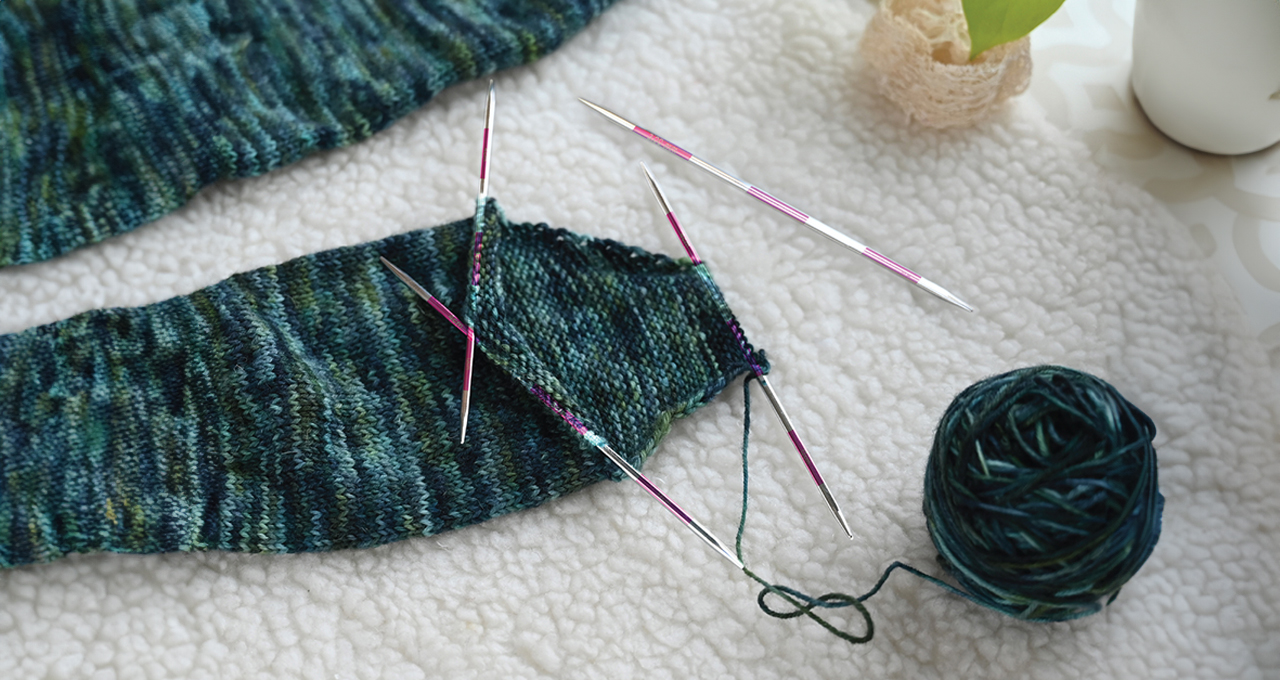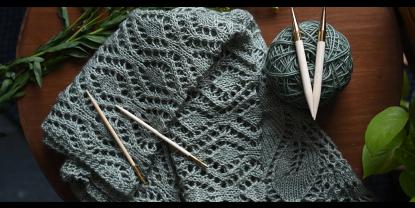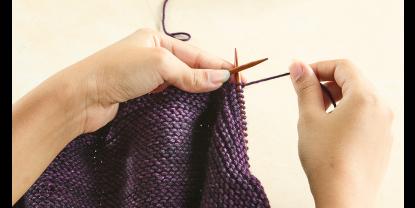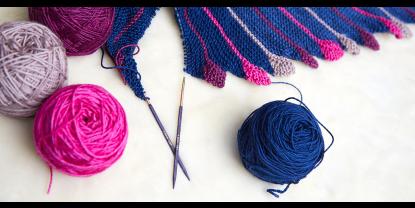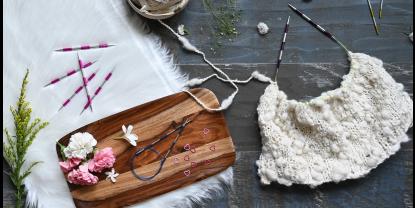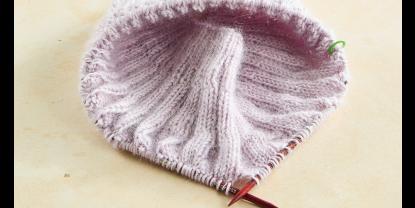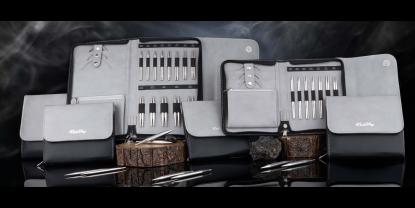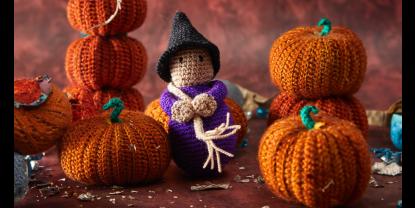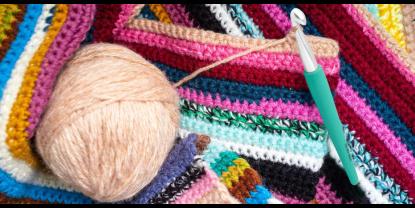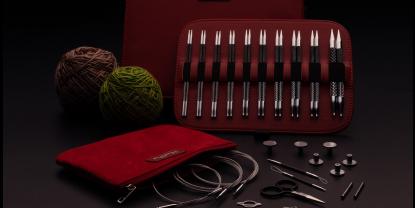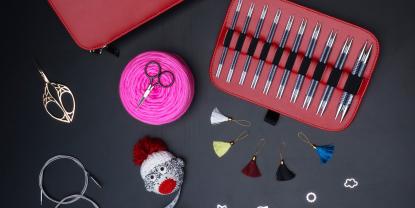The joy of knitting is beyond reason. One of the causes that’s very dear to knitters is Socktober; well, it’s October, but dedicated to socks, therefore the unique name. Socktober is celebrated in various parts of the world as an opportunity to knit socks to donate to charities. Whether you are casting on your very first pair or adding to your stash of colorful creations, Socktober is the perfect excuse. Pick up your sock knitting needles and yarn to begin. With KnitPro, you can explore the right option- DPNs or circulars, wood or stainless steel for the right tools that transform not only your stitches but your entire knitting experience. Make every stitch, every pair count!
Why Socktober and Sock Knitting Matter
Socktober brings knitters together across the globe to cast on socks. The month was chosen to serve the homeless with something handmade and warm to get through the testing season to come. It began in 2011 as a social media campaign to encourage people to collect and donate socks for homeless shelters. With time, every year, October became sock-tober.
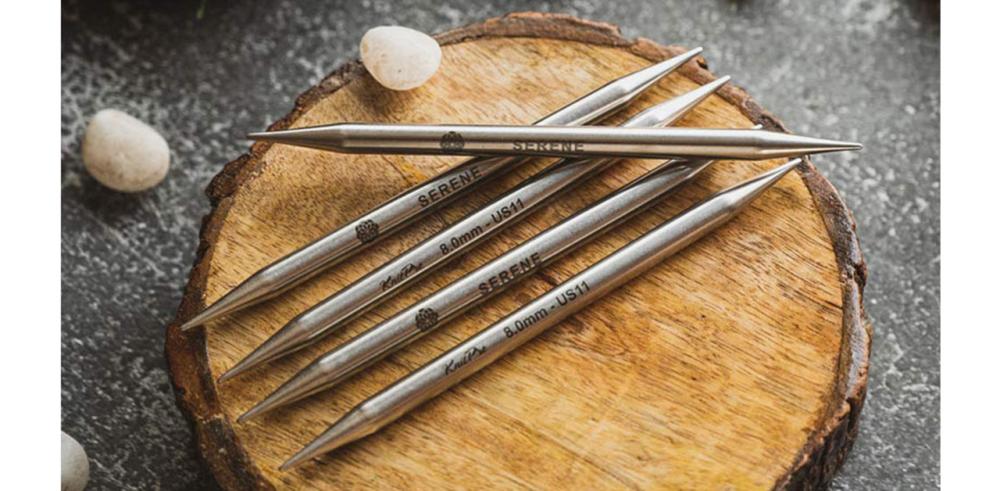
Sock knitting is a rite of passage for every knitter, choosing a project that requires craftsmanship. It represents care and skills. Plus, for socks, we can’t help but quote our favorite professor in literature, Mr. Albus Dumbledore, "One can never have enough socks." Nothing beats the fit and warmth of hand-knit socks. Though the pair looks like a tiny project, it easily carries 1000+ stitches and each stitch is a testimony of love. Sock knitting is not for the faint of heart; you have to repeat the same stitches twice and yet create a pair that looks and feels together. The right knitting needles for socks, sock yarn and skills matter.
Planning Socktober with Hand-knit Socks
October has just begun and you still have four weeks, including weekends. So, get started. Before you begin, did you know that one of the oldest artifacts of knitting is a pair of socks? Dating back to the 11th century, the pair was constructed with multiple needles in a style quite similar to the modern style, with a geometric colorwork pattern. So how did the ancient pair survive so far? With the best construction methods and contributed by the right tools and yarn.
The beauty of hand-knit socks lies in the fit, which also leads to comfort and longevity. Socks work beautifully with a little bit of negative ease, as it determines the fit. There is also the toe-up method or bottom-down method to consider. Knitting from the toes gives the chance to keep trying your project after a few rounds, while bottom-up, you can try out the fitting of the calf. The heel construction with short rows also comes in handy for shape and fit. Seaming methods also help with a good fit. The Kitchener method creates a sturdy seam, as does a three-needle bind off. Explore Kitchener stitches vs three-needle bind off for the best seaming technique.
Sock Knitting Tips for Socktober Success
If you’re joining in the celebration, here are a few tried-and-true tips from experienced knitters:
- Swatch First: Gauge matters in socks more than in most projects. When knitting socks, the best gauge is between 7 to 8 stitches per inch. Anything tighter, and the sock will start to become stiff, but if it’s looser, the sock will wear out too easily. Start with a small 10cm or 6” square with the yarn and needles chosen for socks. Wash and block too and then calculate stitches per inch.
- Choose the Right Yarn: Wool and merino blends are ideal for socks as they are breathable, elastic, and warm. Add a little polyamide for durability. A merino-polyamide yarn is the best bet and is machine-washable for easy maintenance. Socks are worked at a fine gauge, often with fingering-weight yarn known as sock yarn or light DK yarn (a good use for stashbusting).
- Invest in Knitting Needles that you feel comfortable working with: KnitPro offers options for every style. From bamboo to engineered wood, smooth stainless steel to aerospace-grade carbon fiber. For tools, there’s a range to choose from. Double-Pointed Needles (DPNs) are traditionally used much. They have worked for knitters for centuries; however, they need practice and a beginner may be hassled with multiple tips and ladders (the gaps formed where the needles meet). The circular knitting needles are a new introduction and knitters take to them like water for a fish. There are mini interchangeable tips that work with the needle length, similar to or shorter than the socks’ circumference. The magic loop technique with a single circular needle is a fast-growing choice. Though it requires some exercise, you can work from start to finish on the same needle. Seasoned knitters choose knitting socks two at a time for quick results that also keep SSS, the second sock syndrome, at bay.
- Start Simple: If you’re new to socks, begin with plain stockinette or ribbed socks. Knitting stockinette in the round is all about working knit stitches; therefore, one of the easiest options available. Similarly, ribbed (k1, p1) or other options are easy to work with while also staying stretchable for the best fit. Once comfortable, branch into lace or cables.
- Don’t Forget Blocking: Sock blocking tools give the socks the right finish. Wash (follow yarn label instructions) and block your socks to even out stitches
This Socktober, get ready to be a part of a tradition that stretches around the world and across generations, connecting us to the beauty of handmade goodness for the homeless. Try a pair or a few to make your contribution towards the cause. With KnitPro, you have the right tools and accessories to make every stitch smoother and every pair of socks special.


